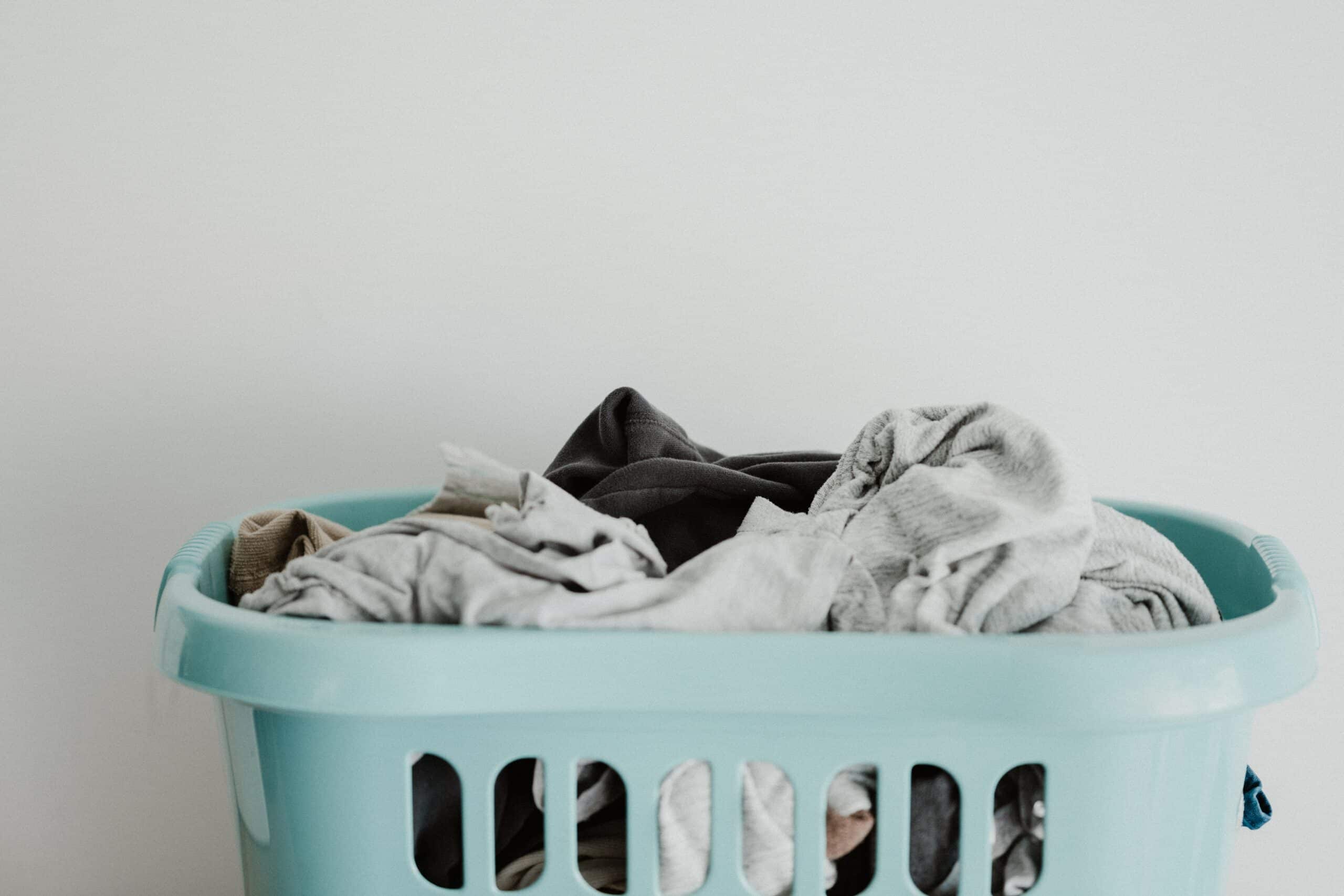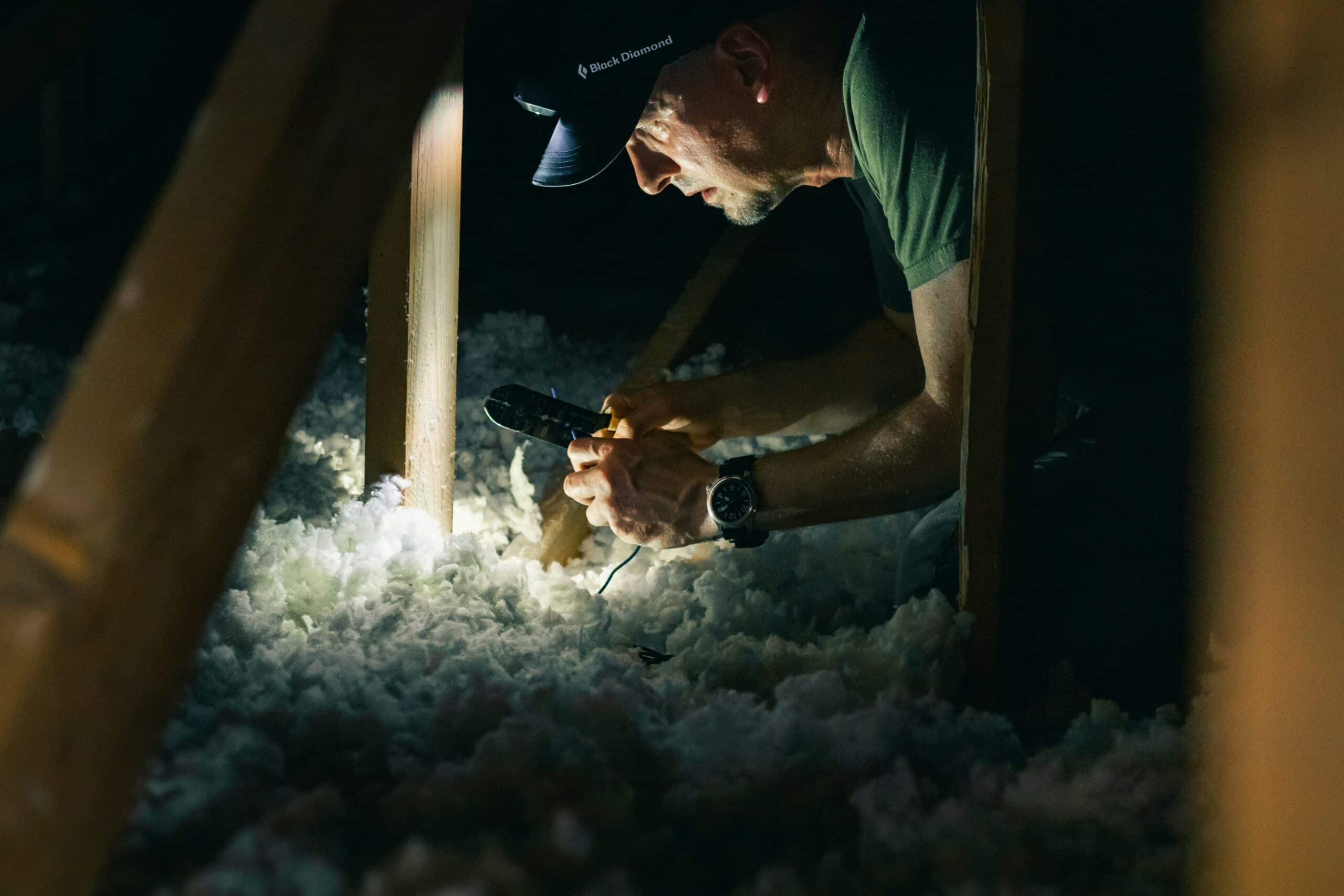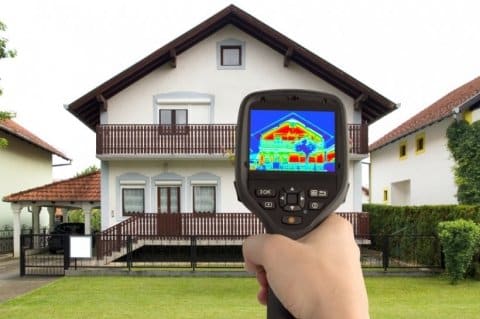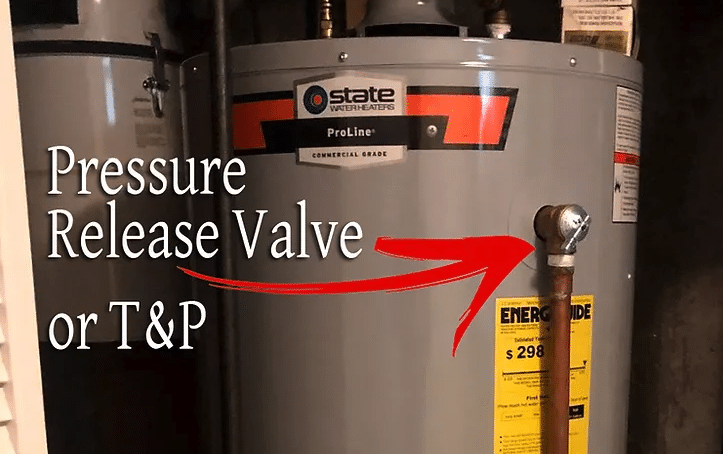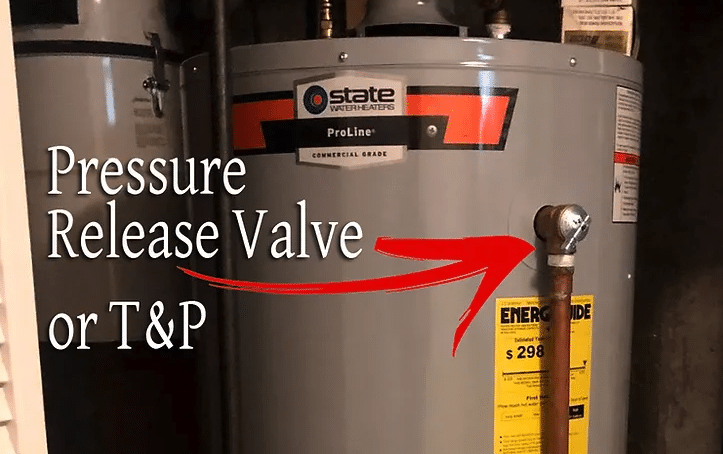Checking for permits when buying a new home with an addition is a crucial step in the home buying process. Here are some key points to consider:
- **Ensuring Safety and Quality**: The primary purpose of building permits is to ensure that construction work is done safely and meets the required quality standards. When you’re buying a home with an addition, you want to be sure that the work was carried out correctly, up to code, and that it won’t pose safety risks down the road.
- **Legal Compliance**: Unpermitted additions can lead to serious legal issues. In some cases, local authorities may require homeowners to remove unpermitted structures, which can be costly and stressful. When buying a home, it’s important to make sure that everything is above board to avoid potential legal troubles.
- **Property Value**: Permitted additions can increase the value of a home. When you have the proper permits for an addition, it’s a clear sign that the work was done professionally and up to code. This can make your property more attractive to future buyers if you decide to sell.
- **Resale Considerations**: If you’re buying a home with the intention of reselling it in the future, you’ll want to ensure that the addition is properly permitted. It’s easier to market a home with a legal, permitted addition, as buyers often appreciate the peace of mind that comes with it.
- **Home Insurance**: Insurance companies may have reservations about covering unpermitted additions. Having the correct permits in place can help streamline the insurance process and ensure you have adequate coverage for your home.
- **Home Inspection**: At Candid Home Inspections LLC, we understand the value of a thorough home inspection. When purchasing a home, it’s a good idea to include a check for permits as part of your inspection process. This can uncover any potential issues that need to be addressed.
In conclusion, the importance of checking for permits when buying a home with an addition cannot be overstated. It’s a vital step in ensuring safety, legal compliance, and the long-term value of your investment. As a seasoned home inspector and the owner of a reputable business, you’re well-equipped to guide your clients through this essential aspect of the home buying process.



